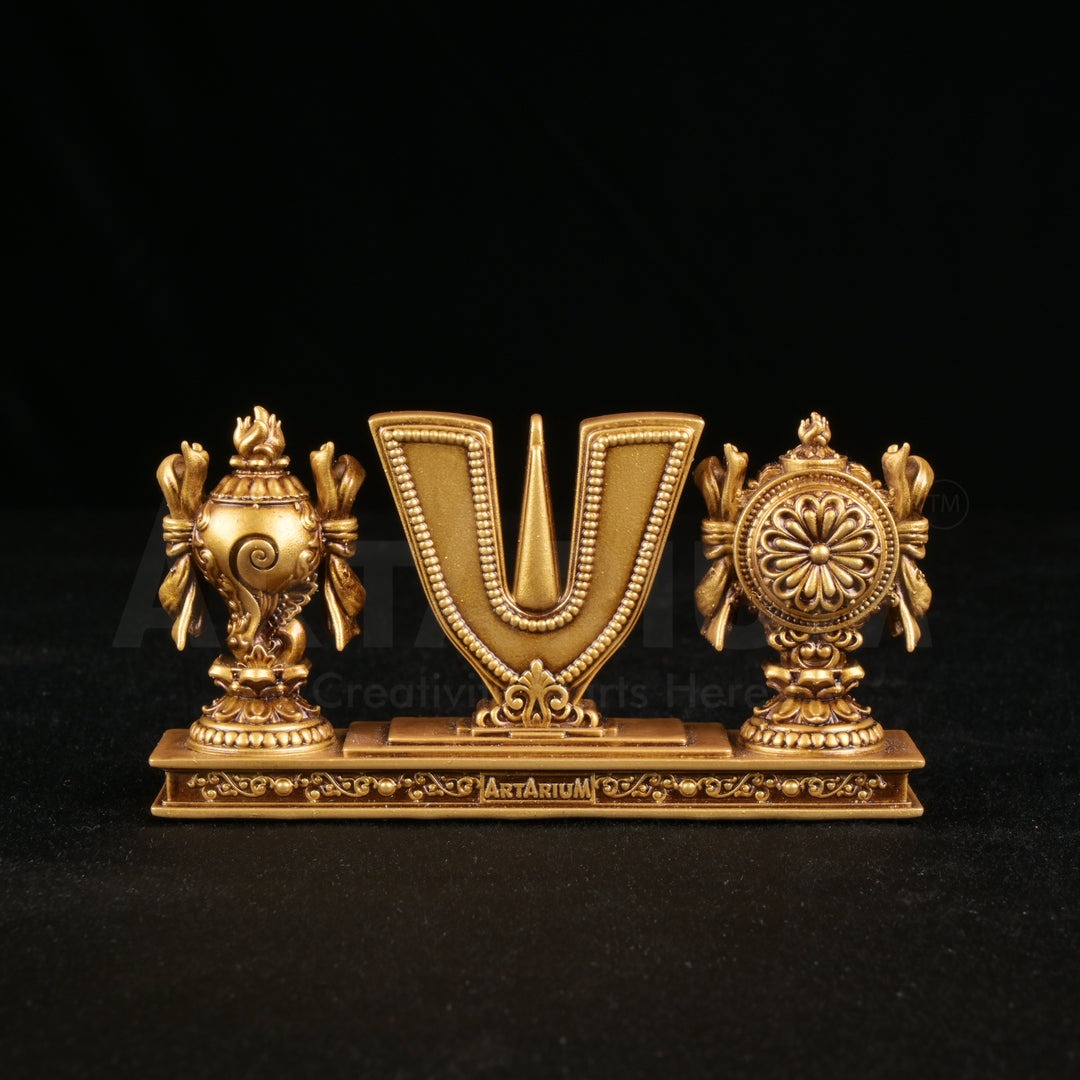Vaishnav Tilak, also known as Urdhva Pundra, is a sacred symbol in Hinduism that holds deep spiritual significance. Adorned by devotees as a mark of devotion and allegiance to Lord Vishnu, Vaishnav Tilak transcends its physical form to embody spiritual connections and religious devotion. In this exploration, we delve into the symbolism, cultural significance, and artistic beauty of Vaishnav Tilak, uncovering the essence of this divine art piece.
Understanding Vaishnav Tilak: Symbolism and Meaning
- Divine Mark of Vishnu: Vaishnav Tilak is a symbolic representation of the feet of Lord Vishnu, specifically the mark left by Goddess Lakshmi’s feet when she pressed Lord Vishnu’s feet.
- Spiritual Significance: Adorning Vaishnav Tilak on the forehead is believed to bestow blessings, protection, and grace from Lord Vishnu. It symbolizes surrender, devotion, and connection to the divine.
- Sacred Geometry: The design of Vaishnav Tilak typically consists of vertical lines, horizontal lines, and a central dot, representing the lotus feet of Lord Vishnu, the ocean of milk, and the navel of Lord Vishnu, respectively.
Cultural and Religious Significance
- Vaishnav Tradition: Vaishnav Tilak is an integral part of the Vaishnav tradition, which worships Lord Vishnu and his avatars, such as Lord Rama and Lord Krishna. It signifies adherence to Vaishnavite principles and practices.
- Religious Practices: Devotees of Lord Vishnu apply Vaishnav Tilak on their foreheads daily as part of their religious rituals. It is considered auspicious and is believed to invoke the blessings and protection of Lord Vishnu.
- Unity and Devotion: The wearing of Vaishnav Tilak unites devotees in their shared devotion to Lord Vishnu. It serves as a visible symbol of their faith and commitment to their spiritual path.
Artistic Beauty and Design
- Intricate Patterns: Vaishnav Tilak is often crafted with precision and attention to detail, featuring intricate geometric patterns that reflect the divine symbolism associated with Lord Vishnu.
- Traditional Materials: Artisans create Vaishnav Tilak using traditional materials such as sandalwood paste, kumkum (vermilion), turmeric, and other natural pigments, enhancing its aesthetic appeal and spiritual potency.
- Customization and Personalization: While the basic design of Vaishnav Tilak remains consistent, artisans often customize it according to regional variations and individual preferences, adding unique embellishments and motifs.
Reverence and Devotion
- Daily Rituals: Devotees apply Vaishnav Tilak on their foreheads every day as part of their morning prayers and worship rituals. It is considered a sacred duty and an expression of reverence towards Lord Vishnu.
- Festive Celebrations: Shop Vaishnav Tilak holds special significance during religious festivals and ceremonies dedicated to Lord Vishnu, such as Vaikuntha Ekadashi and Janmashtami. Devotees adorn themselves with Vaishnav Tilak to commemorate these auspicious occasions.
- Symbol of Identity: For Vaishnavites, wearing Vaishnav Tilak is not only an act of devotion but also a symbol of their religious identity and affiliation with the Vaishnav tradition. It fosters a sense of belonging and community among devotees.
Conclusion
Vaishnav Tilak stands as a timeless symbol of devotion, spirituality, and cultural heritage in Hinduism. Beyond its aesthetic beauty, it embodies profound spiritual significance and serves as a conduit for divine blessings and grace. Adorning Vaishnav Tilak on the forehead is not merely a ritualistic practice but a sacred act of reverence and devotion towards Lord Vishnu, symbolizing the eternal bond between the devotee and the divine.
